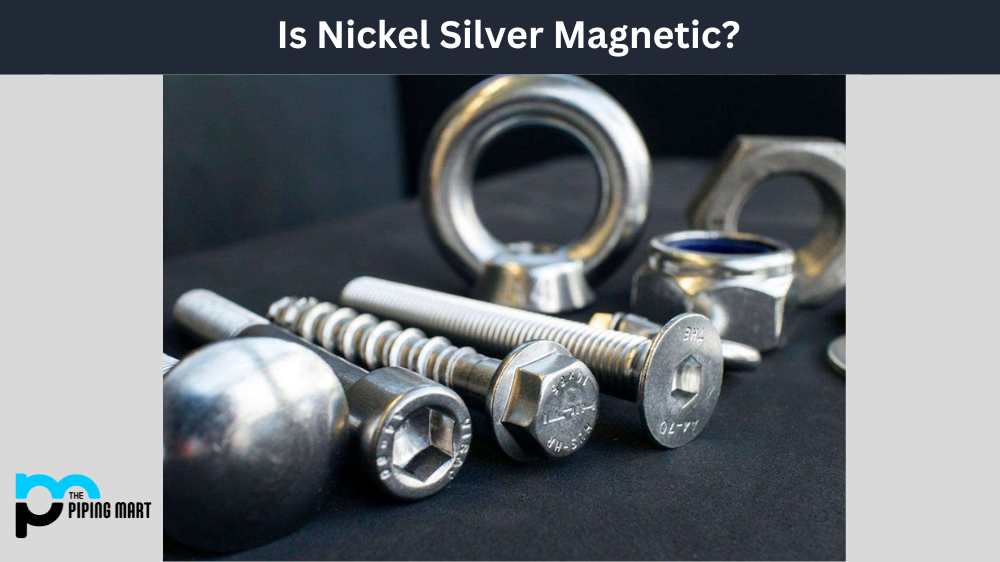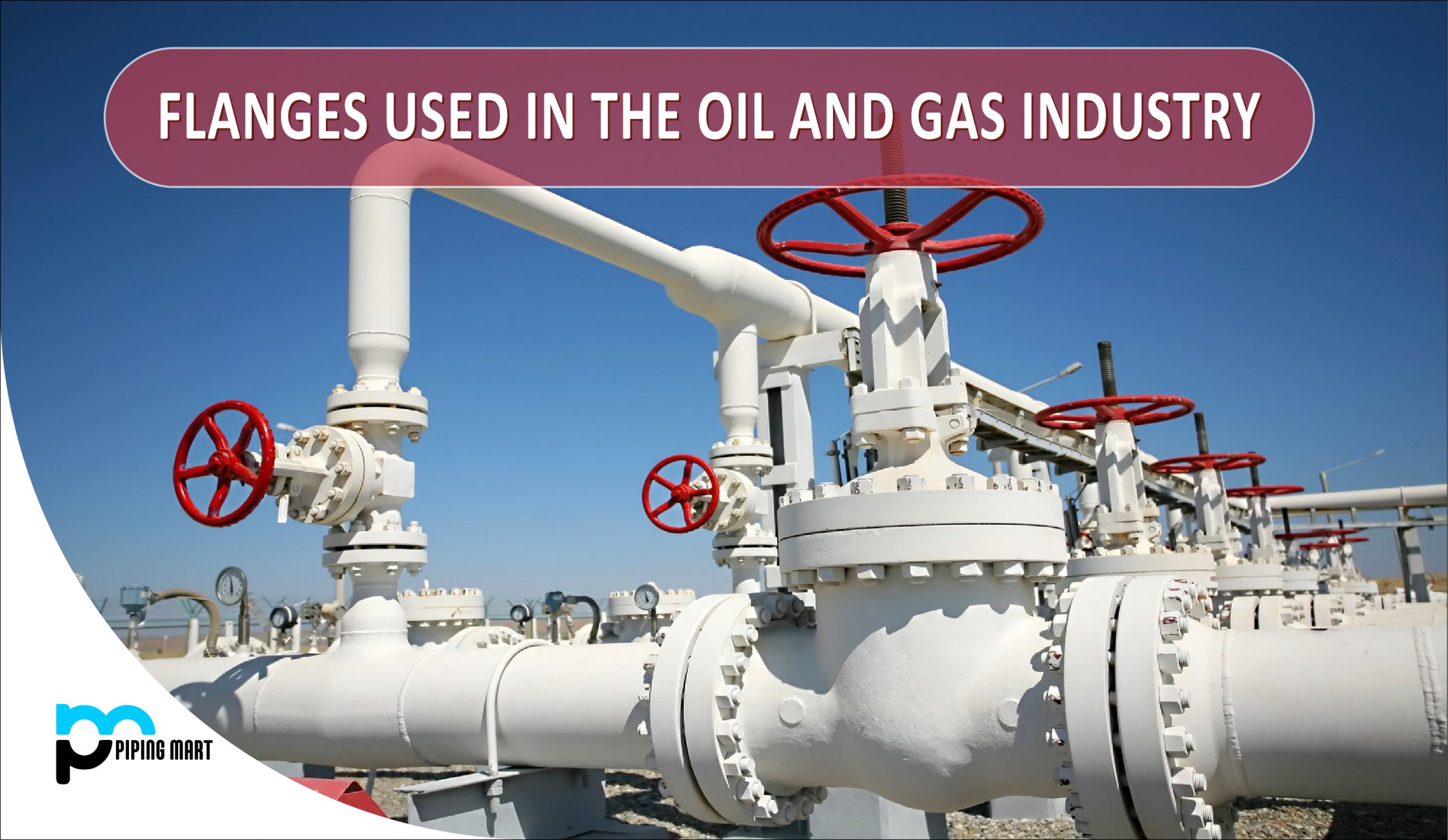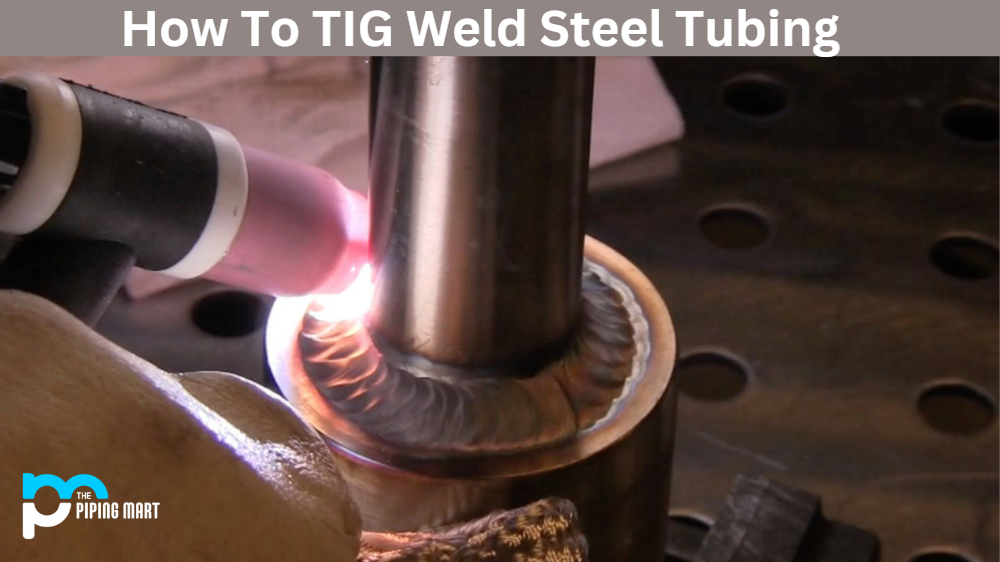Oil quenching is a widely used process in metalworking, often employed to harden steel. It involves immersing a hot steel part into a quenching oil bath, which cools it quickly and helps to strengthen its internal structure. This process is usually followed by tempering, which further strengthens the metal. But what are the advantages and disadvantages of this method? Let’s find out.
Advantages of Oil Quenching
One of the biggest benefits of oil quenching is that it allows for fast cooling rates, which can help create martensitic structures—a strong and hard variant of steel. This method is also relatively safe since oil doesn’t pose the same risk as air or water-based quenching when it comes to potential thermal shock or cracking due to extreme temperature differences between parts. Additionally, oil quenching can be done with minimal distortion in the parts being treated because oils have lower coefficients of thermal expansion than water or air.
Improved hardness
Oil quenching can improve the hardness of a metal by increasing the rate of cooling. This is because oil is a better conductor of heat than air, so it can remove heat from the metal more quickly. This rapid cooling can result in a harder metal.
Reduced brittleness
Another advantage of oil quenching is that it can reduce the brittleness of a metal. This is because the metal is cooled more slowly, which gives the atoms more time to rearrange themselves into a more stable configuration. This results in a metal that is less likely to break or shatter under stress.
Improved wear resistance
Oil quenching can also improve the wear resistance of a metal. This is because the rapid cooling helps to harden the surface of the metal, making it more resistant to wear and tear.
Reduced distortion
Another advantage of oil quenching is that it can reduce distortion. This is because the slower cooling rate allows the metal to cool evenly, which prevents warping and other forms of distortion.
Increased toughness
Oil quenching can also increase the toughness of a metal. This is because the slower cooling rate allows for greater ductility, which means that the metal can deform without breaking.
Disadvantages of Oil Quenching
Although there are some benefits to using oil quenching, there are also several drawbacks. For example, this method requires more time and care than other types of quenching due to equipment set-up time, agitation time (allowing bubbles to escape), and slow cooling rates when compared to other media, such as water or air. Additionally, depending on the type of oil used for quenching, there may be environmental concerns related to disposal guidelines and regulations that need to be taken into consideration before choosing this method. Finally, even though oils have lower coefficients of thermal expansion than water or air-based media, they may still cause some distortion in parts due to their higher viscosity when compared with other types of media.
- Oil quenching can cause distortion in some metals.
- It can be difficult to remove all of the oil from the metal after quenching, which can lead to corrosion.
- Oil quenching can produce a hard and brittle surface on some metals.
- It is a slower process than water quenching and can require special equipment.
- Oil quenching can be dangerous due to the risk of fire or explosion.
Conclusion:
Oil quenching is a popular metalworking process used for hardening steel components quickly and safely. While it does come with some advantages like fast cooling rates and less risk for thermal shock or cracking compared with other methods used for quenching metals, it also has several drawbacks, such as longer set-up times due to equipment needs as well as potential environmental concerns related to proper disposal guidelines that must be taken into consideration before using this type of metal treatment process. Ultimately deciding whether or not oil quenching suits your metalworking needs will depend on your specific project requirements and budget constraints.

Abhishek is a seasoned blogger and industry expert, sharing his insights and knowledge on various topics. With his research, Abhishek offers valuable insights and tips for professionals and enthusiasts. Follow him for expert advice on the latest trends and developments in the metal industry.




